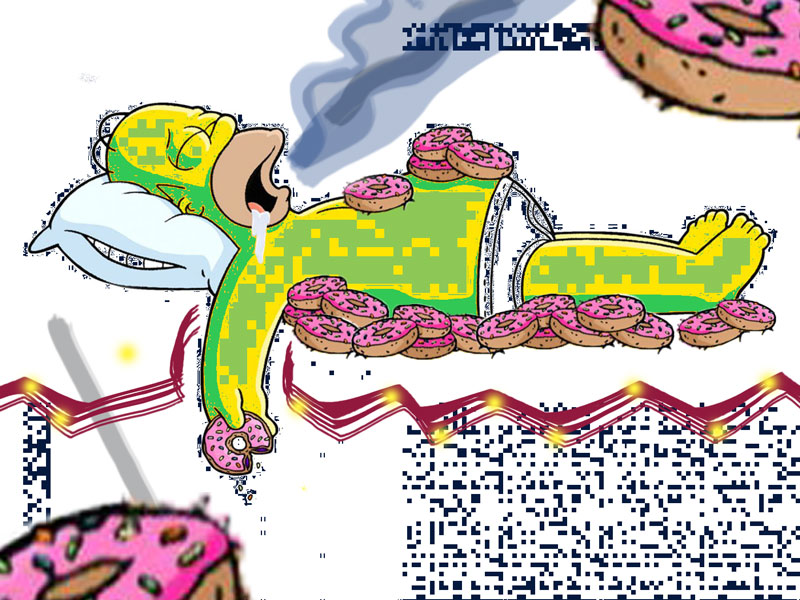Prior to watching this documentary, I had little ideas about copyright laws, public domain, and free use. All I knew was: illegally downloading music is bad, taking things that aren’t yours is bad, and YouTube won’t let you use music in your video (a major annoyance). However, I didn’t know how extreme laws are and the cost of attaining copyrights. I was interesting to see this issue from the point of view of the “copy left.” I sympathize with their grievances with corporations, the music industry, and recording studios. However, I do believe the answer to the problem lies in a compromise between the Copy right and left.
One thing that really bothered me was the idea that copyright infringement is handled so arbiltrarilly and is based completely on the “violated.” This bothered me because there is no true justice, just the exercising of one’s “right” when one is mad. Sampling one note is illegal? Just one sound? While on paper this may make sense, in practice it does not always. The idea that companies can lock up and put a price tag on a note, chord, or melody, seems excessive.
It was also interesting when they talked about songs covered by other artists. It bothers me when people think Birdy is the one who sings Skinny Love. Sadly, most people I’ve talked to do. Though its a wonderful cover, Bon Iver deserves some credit too, no? Even on YouTube, the company has cracked down on its musicians. There are increased restrictions on what people can and cannot post. This is extremely sad because in its early days, YouTube fostered the growth and followings of many young artists and became a community of collaborators.
The internet was created to be a tool to share between users. Over time, this global landscape has become limitless in its potential to create and collaborate. As I said in earlier blog posts, I love the idea of a global collaboration, however in practice and reality, we have to adhere to some rules. (It was also awesome to see the director stick to his beliefs and allow collaborators and remixers to help in creating the film.) I agree with many of the points in the Remix Manifesto. How the last two points manifest themselves will dictate the future. Though hackers and remixers represent a financial minority compared to the power of corporations, I believe that numbers can dictate change. Though this change will not be instant or as drastic as we would like, I believe that a slow compromise through redrawing copyright laws is necessary.
I was amazed and impressed by Girl Talk’s work and can see what the narrator means when he claims that his work is creating something completely new. Though I don’t believe that free access everywhere is the answer to the problem, I know that corporation’s grasp on creativity is extremely hindering. I hope that compromises can be made in the future to encourage global growth and creativity.


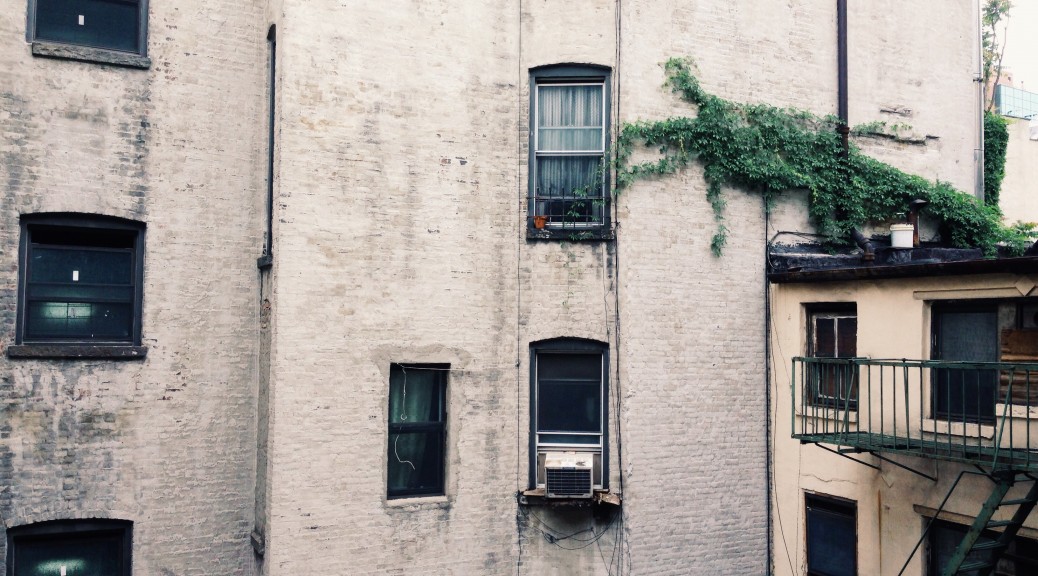
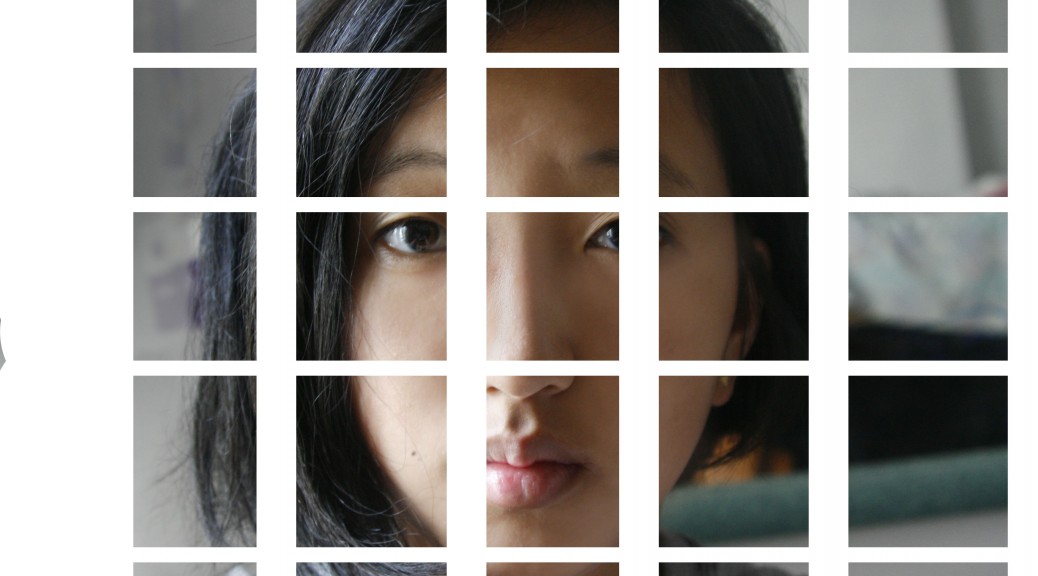


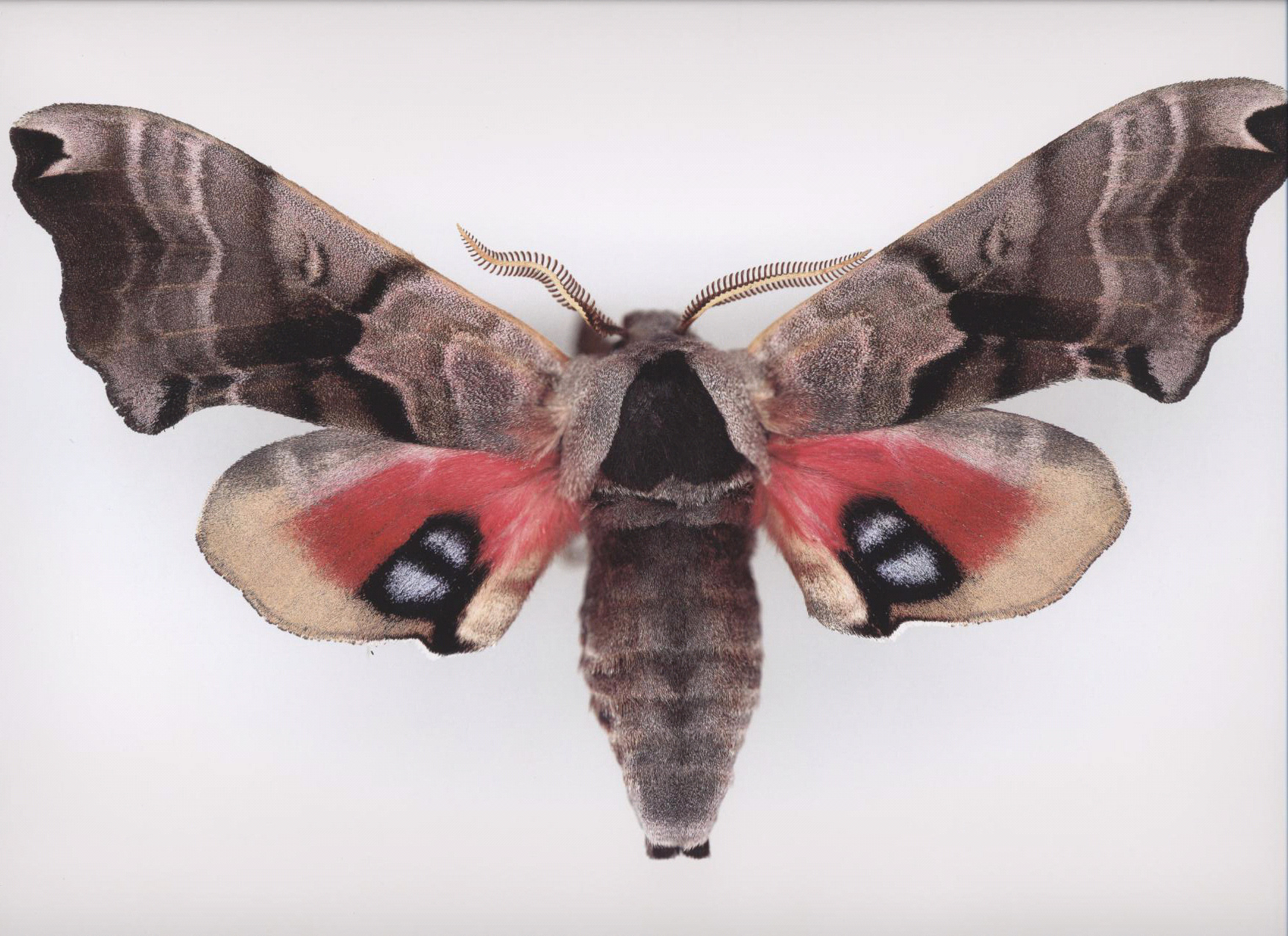


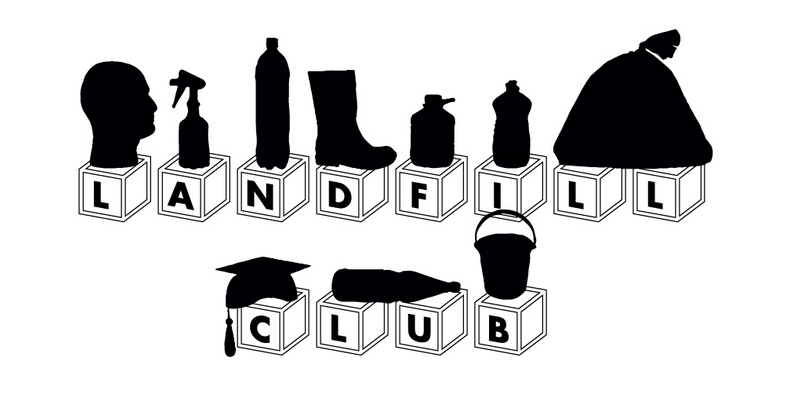 This art installation was a great interactive and hands on program that really forced me to re-evaluate how petrochemical plastic plays a huge role in my life. It was amazing to see how many ways plastic is used in our lives, so many that we often overlook it. Also, I was very interested in learning just how much natural gas is used to make plastic products. It seems like such a waste that a highly limited natural resource is used so freely and heavily on a product with an extremely short life span and detrimental effect on the health of the planet and its inhabitants. Yet our reliance on plastic is so heavy that we don’t even begin to see this as a problem.
This art installation was a great interactive and hands on program that really forced me to re-evaluate how petrochemical plastic plays a huge role in my life. It was amazing to see how many ways plastic is used in our lives, so many that we often overlook it. Also, I was very interested in learning just how much natural gas is used to make plastic products. It seems like such a waste that a highly limited natural resource is used so freely and heavily on a product with an extremely short life span and detrimental effect on the health of the planet and its inhabitants. Yet our reliance on plastic is so heavy that we don’t even begin to see this as a problem.